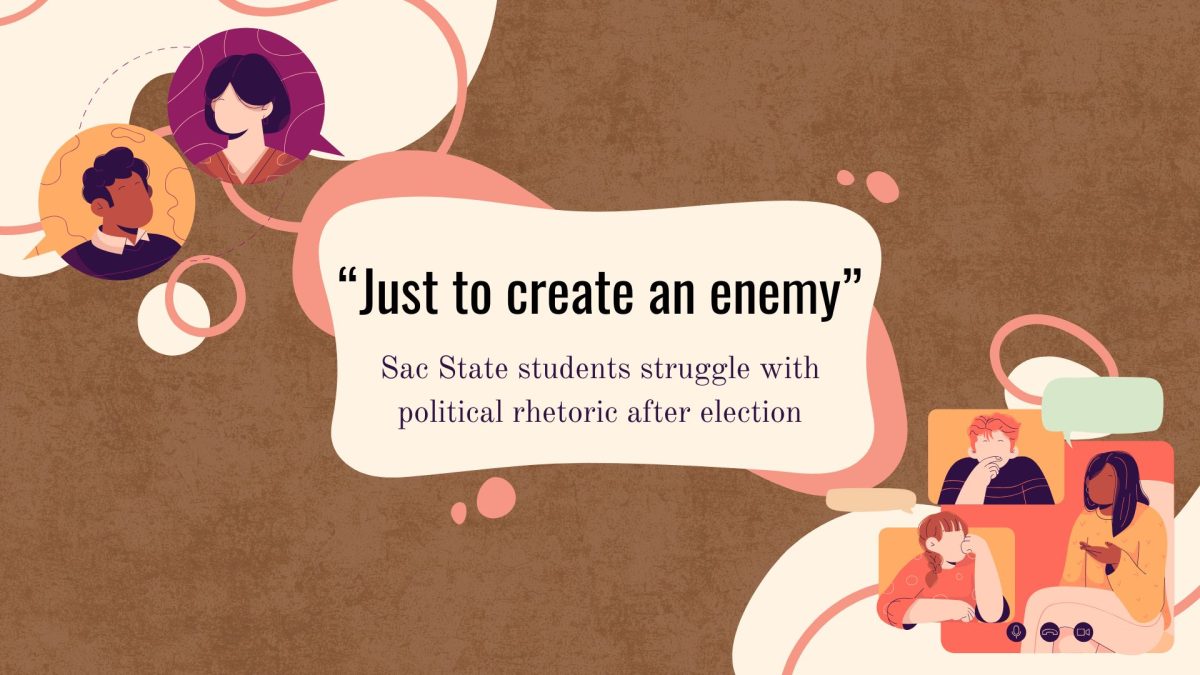Driving drowsy is as bad as driving drunk

Talecia Bell:
September 25, 2007
It’s funny how life comes at us so fast. One minute you’re hanging out on cloud nine, the next you’re stranded on the side of the road with a broken cell phone.
On the Saturday of the weekend before Memorial Day, while visiting a friend out of town, I totaled my only source of transportation because I fell asleep behind the wheel.
I woke up that morning at about 3 a.m. to a loud crash and a terrible rumbling underneath me. I was driving on top of a center divide on Bay Street in Emeryville, Calif.
Whatever it was that I hit must have went underneath the car because just as fast as I hit the island, my eye lids literally snapped open and my eyeballs nearly popped out of my head, but I didn’t see the object from the initial impact. My first instinct was to stop the car, so I threw my entire driver’s education out the window and smashed down on the breaks.
All I remember after that is a loud “screeeeeeeech!”
Almost simultaneously as I hit the breaks, the car dropped off the side of the island and a bright white cloud covered my sight for what seemed like almost a whole minute – at times like these, I quote Judy Blume, “Are You There God? It’s Me, Margaret.”
I was back on the street. I heard another loud crash and came to an immediate stop. I couldn’t see or breathe anything but smoke. Once I realized the car had stopped, I unbuckled my seat belt and opened the driver’s door to reveal I had crossed over two lanes and hit the curb.
As the smoke cleared, my best friend came running towards me. The first thing I thought was, “how the hell did I fall asleep?”
Although I experienced a distressing chain of events, my situation is not only true to me, but also to others. And many times, the results can be much direr.
I walked away from the crash with barely a scratch and no casualties or the involvement of any other cars or pedestrians. I was lucky.
Although I knew I was feeling sleepy, I told myself, as many others have also done, “I can make it.”
College students are not insusceptible to this mentality. This year there will be many of us who stay up well beyond the ability of our bodies.
Whether we’re working, studying or even partying, it is our responsibility to identify when our bodies need to be re-energized. There are other factors beyond one’s own safety to remember.
According to a 2006 poll conducted by the National Sleep Foundation, at least 60 percent (about 168 million) of Americans have driven while knowingly feeling sleepy. Nearly 37 percent (about 103 million) of Americans have actually fallen asleep while at the wheel.
According to the poll, drivers are unable to identify if or when they’re sleepy, and there are many underlying causes such as inadequate sleep, interruption of sleep, large amounts of time spent on a task and the consumption of alcohol for an already tired driver, which increase the risk of drowsy driving.
The survey also stated that much like the effects of alcohol, fatigued and drowsy driving affects drivers by contributing to impaired reaction time, lower judgment and vision, short-term memory loss, decreased performance, increased moodiness and aggressive behavior. Furthermore, the foundation explained that, “Being awake for 20 hours is equal to a blood alcohol concentration (BAC) of 0.08 percent, which is legally drunk in California.”
Knowing the toll life can weigh on us, here are some helpful ways to identify whether you’re too sleepy to drive: difficulty focusing, trouble remembering the last few miles driven, drifting from lane to lane, hitting the shoulder rumble strip, frequently blinking and heavy eyelids. Check out our campus’ very own University Union. There are many areas such as the Fire Place Lounge on the second floor with plenty of comfy couches and rocking chairs for a great place to catch up on those much needed ZZZ’s before that long (or even short) drive home, because it only takes a second to fall asleep at the wheel.
Talecia Bell can be reached at [email protected].




























































































































